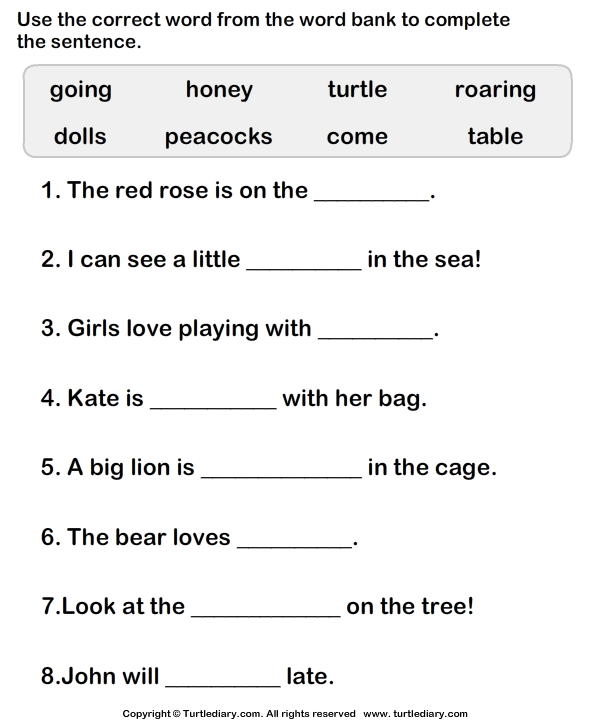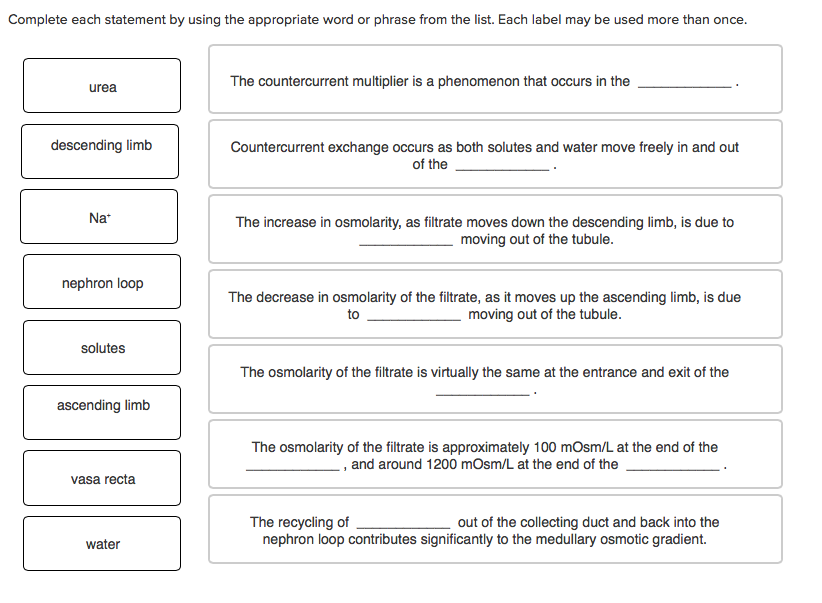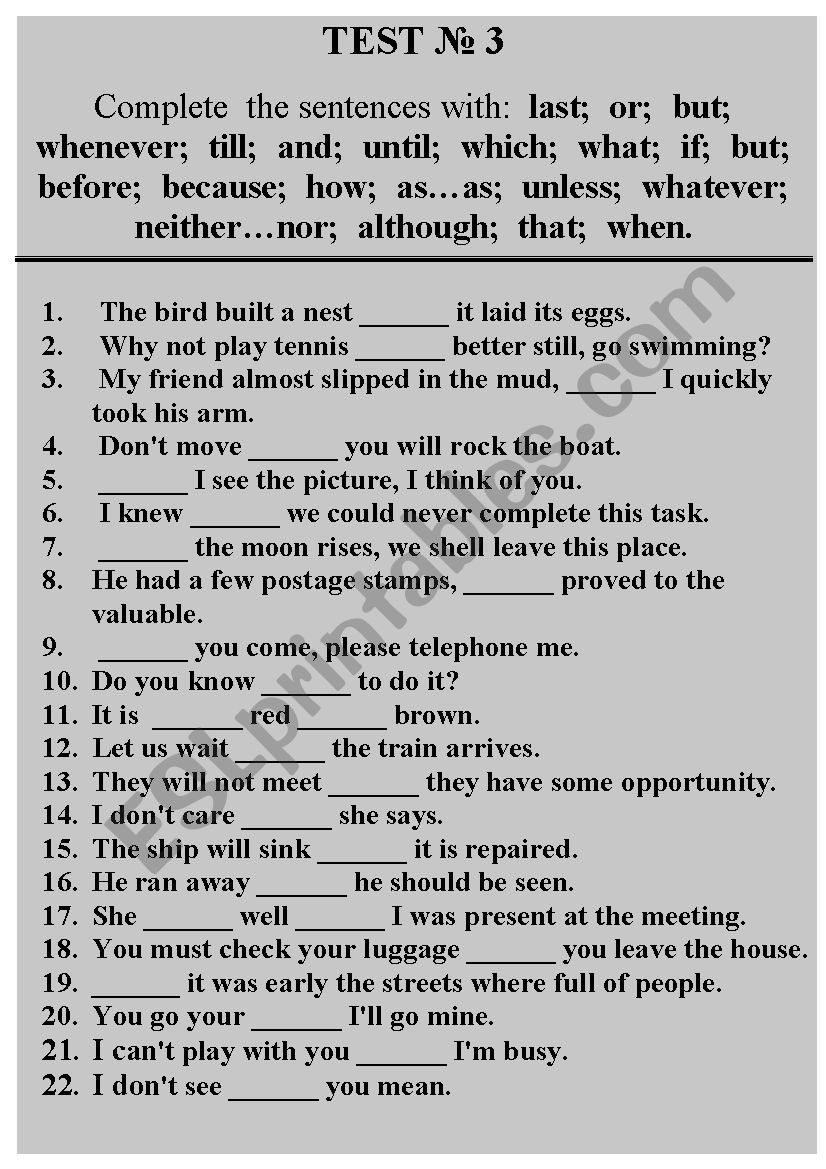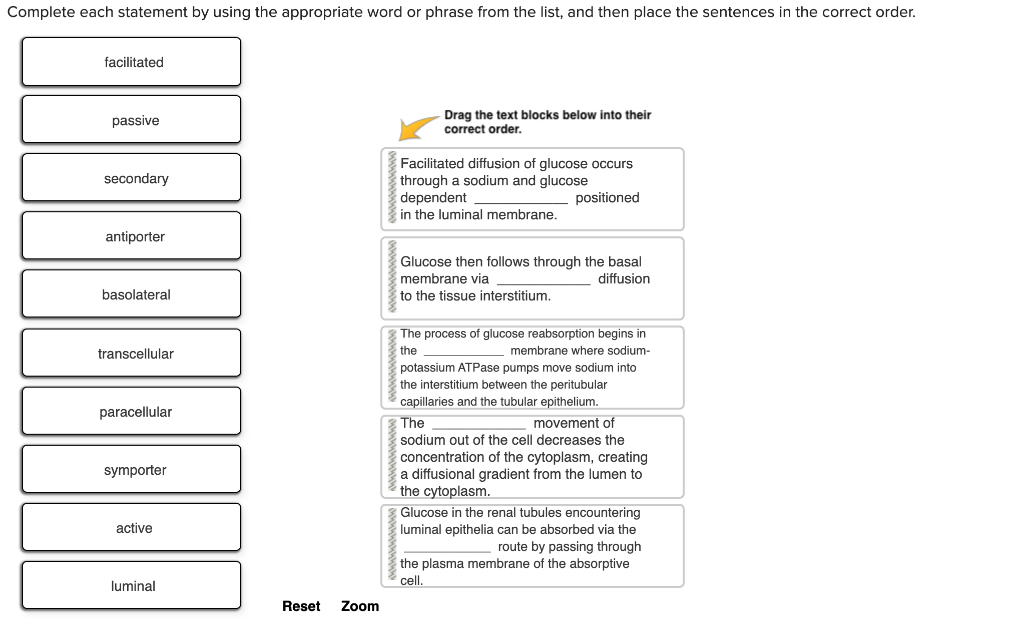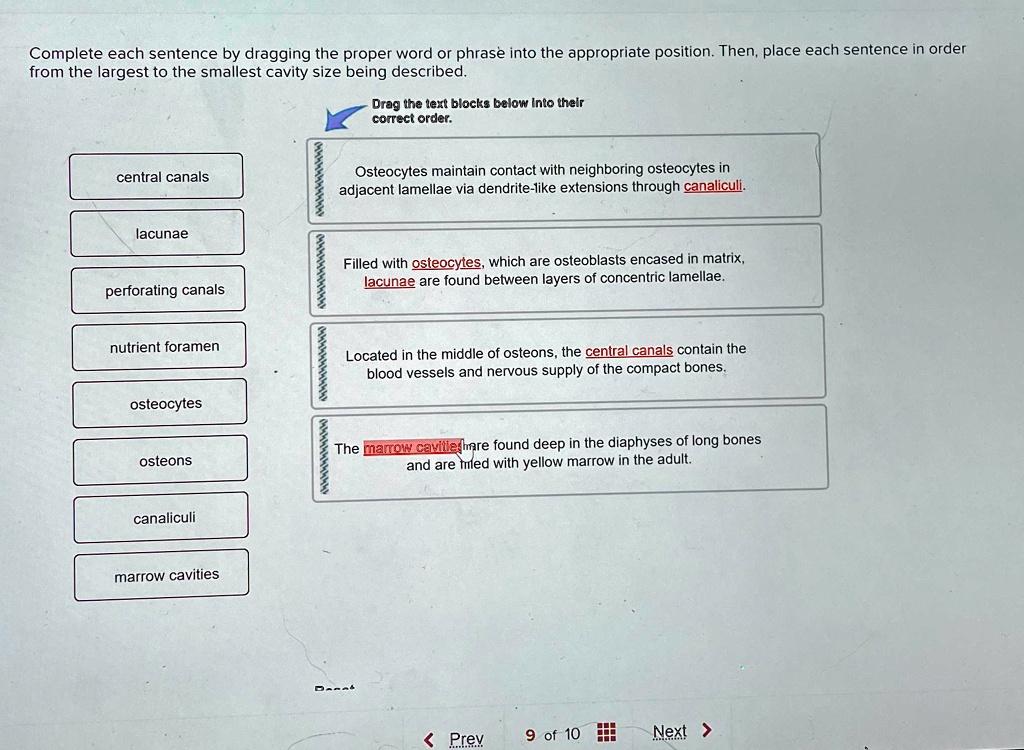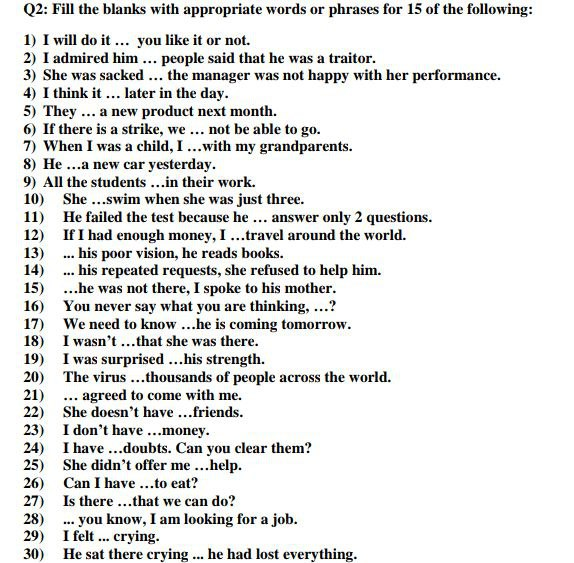Complete The Statements With The Appropriate Words.

A storm of debate is brewing across educational circles as a new standardized test question format sparks intense controversy. The "Complete the Statements" section, designed to assess critical thinking and comprehension, is facing accusations of bias, ambiguity, and ineffectiveness. Educators, students, and testing experts are clashing over its suitability and impact on student performance.
At the heart of the controversy is the "Complete the Statements" format, a question type requiring students to fill in missing words or phrases within multiple statements. This format, intended to evaluate nuanced understanding and reasoning skills, has instead triggered widespread complaints. Critics argue the questions are often subjective, rely heavily on background knowledge, and unfairly disadvantage students from diverse linguistic and socioeconomic backgrounds, while proponents maintain its rigor is valuable for identifying students with genuine analytical capabilities.
Concerns Regarding Bias and Ambiguity
The most prominent criticism leveled against the "Complete the Statements" questions is their alleged bias. Opponents argue that many questions implicitly favor certain cultural or linguistic norms.
This inherent bias can lead to skewed results, particularly for English Language Learners (ELLs) and students from underrepresented communities. The subtle nuances embedded within the questions might be misinterpreted or overlooked by these students.
Moreover, the open-ended nature of the format introduces a significant degree of ambiguity. A single statement can often be completed in multiple ways, depending on the individual's interpretation and reasoning.
This lack of definitive correct answers leads to inconsistencies in grading and raises concerns about the reliability of the test scores. Some educators are seeing a pattern in results and believe the questions are more about cultural knowledge than actual understanding of the concept.
Expert Opinions and Data Analysis
Testing experts are divided on the merits of the new question format. Dr. Anya Sharma, a psychometrician at the Educational Testing Service (ETS), acknowledges the challenges but emphasizes the potential benefits.
"While we recognize the need for ongoing refinement, 'Complete the Statements' questions can offer valuable insights into a student's ability to synthesize information and draw logical conclusions," Dr. Sharma stated in a recent interview. Dr. Sharma also highlighted the importance of considering the context of the question and the student's background when evaluating responses.
However, independent researchers are raising concerns about the validity of the test. A recent study by the National Education Policy Center (NEPC) found a statistically significant correlation between students' socioeconomic status and their performance on the "Complete the Statements" section.
This correlation suggests that the format may be measuring factors beyond academic ability. The study concluded the potential for the questions to perpetuate existing inequalities in education is a real threat that can't be ignored.
Student and Educator Perspectives
Students themselves are expressing frustration with the "Complete the Statements" questions. Many report feeling confused and uncertain about the expected answers.
“It's like they're trying to trick you," said Maria Rodriguez, a high school student preparing for college entrance exams. "Sometimes, there are so many different ways to complete the statement, but only one is considered 'correct.' It feels unfair."
Educators share similar concerns, noting the difficulty in preparing students for this type of question. "The curriculum does not always cover the specific vocabulary or concepts needed to succeed on these questions," said Mr. David Lee, a high school English teacher.
He also mentioned that grading these questions is incredibly time-consuming and subjective. He adds that it takes away from the valuable time the teacher needs to dedicate to teaching.
Alternative Assessment Methods
In response to the controversy, some educators are advocating for alternative assessment methods. Performance-based assessments, such as essays, projects, and presentations, offer a more holistic evaluation of students' skills and knowledge.
These methods allow students to demonstrate their understanding in a more meaningful and authentic way, reducing the reliance on rote memorization. These assessment methods also address concerns with cultural knowledge affecting the scores.
Furthermore, portfolios of student work can provide a comprehensive picture of their progress and growth over time. This allows educators to measure growth in a more consistent way, which makes it easier to track a student's academic journey.
Moving Forward: Recommendations for Improvement
Addressing the concerns surrounding the "Complete the Statements" format requires a multi-faceted approach. First and foremost, test developers must conduct thorough reviews of existing questions to identify and eliminate any potential sources of bias.
The questions should also be revised to ensure greater clarity and reduce ambiguity. Incorporating feedback from educators and students in the revision process is crucial.
In addition, standardized testing organizations should invest in professional development for teachers, providing them with the resources and training needed to effectively prepare students for the "Complete the Statements" section. More research must be put into understanding the effect of these new approaches.
Ultimately, the goal should be to create a fair and reliable assessment system that accurately measures student learning and supports their academic success. Only through careful consideration and collaborative effort can we ensure that standardized tests serve their intended purpose.

